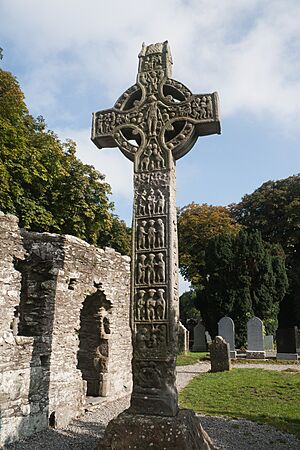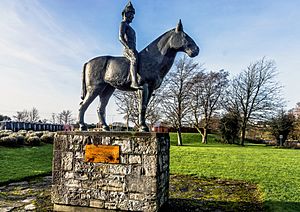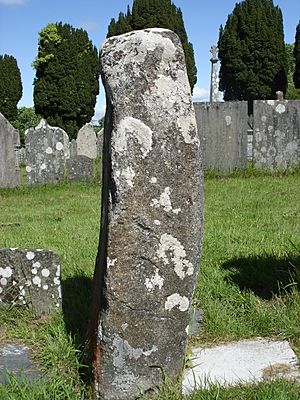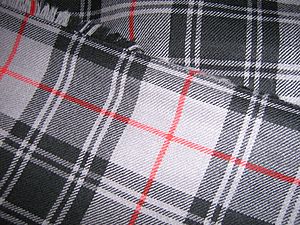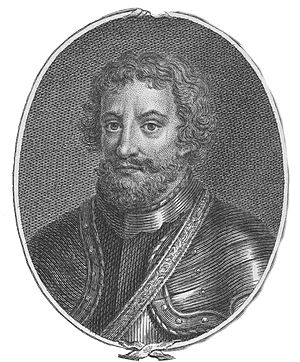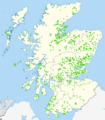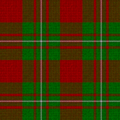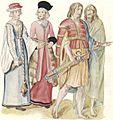Gaels facts for kids
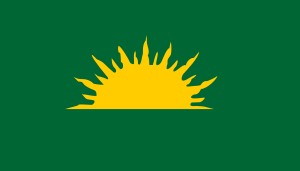
An Gal Gréine, a traditional Gaelic symbol first mentioned in the Fiannaíocht.
|
|
| Total population | |
|---|---|
| c. 1.9 million (linguistic) | |
| Regions with significant populations | |
| 1,770,000 (linguistic) | |
| 122,518 (linguistic) | |
| 27,475 (linguistic) | |
| 9,000 (linguistic) | |
| 2,717 (linguistic) | |
| 670 (linguistic) | |
| Languages | |
| Irish · Scottish Gaelic · Manx (Non-Gaelic: English · Scots) |
|
| Religion | |
| Christianity · Irreligion (historic: Paganism) | |
| Related ethnic groups | |
| Norse-Gaels · Gaelicised Normans | |
The Gaels are a group of people who speak one of the Goidelic Celtic languages. These languages are Irish, Scottish Gaelic, and Manx. Goidelic languages first started in Ireland. From there, they spread to western and northern Scotland and the Isle of Man. Traditionally, Gaelic society was built around clans. Each clan had its own land and a leader called a chieftain.
Contents
What Does 'Gael' Mean?
The word Gael comes from an old Irish word, Goídel. Over time, the spelling changed. Today, in Irish, it's Gael, and in Scottish Gaelic, it's Gàidheal.
Sometimes, in Scottish Gaelic, Gàidheal also means 'highlander'. This is because Gaelic was spoken more in the Highlands of Scotland.
Here are some simple definitions:
- Gaels – This is the group of people who share the same language and culture.
- Gaelic – This describes anything related to the Gaels.
- Goidelic – This term is mostly used for the Gaelic languages, especially in older times.
Where Did the Gaels Come From?
According to old stories, the Gaels believe their people came from an ancestor named Goídel Glas. He was a prince who is said to have created the Gaelic languages. His mother was Scota, an Egyptian princess.
The stories say the Gaels traveled for hundreds of years. They visited places like Egypt, Crete, and Scythia. Eventually, they arrived in Iberia, where their king, Breogán, founded Galicia.
Later, the Gaels sailed from Galicia to Ireland. They fought against the Tuatha Dé Danann, who were like gods living in Ireland. A goddess promised the Gaels the land if they paid tribute. The two groups agreed to share Ireland. The Gaels lived in the world above, and the Tuath Dé lived in the world below, which is called the Otherworld.
A Look at Gaelic History
It's hard to say exactly when the first Gaelic speakers arrived in Ireland. It could have been as early as 4000 BC. The language we call Old Irish started to be written down around 400 AD. This happened when Christianity came to Ireland.
You can find ancient stones with Ogham writing in Ireland and parts of Britain. These writings often just show a name. They might have been used to mark land ownership.
In the 1500s and 1600s, the English rulers, the Tudors and Stewarts, wanted to make the Gaels more like the English. They also wanted more control over Ireland and the Scottish Highlands.
In 1542, King Henry VIII declared Ireland a kingdom. This led to many years of fighting. The Nine Years' War (1594–1603) ended with the defeat of the Irish Gaels. This meant the end of independent Gaelic kingdoms in Ireland.
Since then, the Gaelic languages have slowly become less common. The 1800s were a difficult time. The Great Hunger in Ireland caused many people to leave the country. The last native speaker of Manx died in the 1970s. However, the Manx language is now being taught again in schools.
Gaelic Culture
Gaelic society was traditionally organized into family groups called clans. Each clan had its own land and was led by a male chieftain. When a chieftain died, his chosen deputy would take his place.
Gaels have always had a strong tradition of telling stories and poems out loud. In ancient times, most Gaels lived in roundhouses and ringforts.
They also had their own style of clothing. This developed into the modern belted plaid and kilt in Scotland. Gaels have their own unique music and dance. They also have special sports like Gaelic games and Highland games.
Where Gaels Live Today
Today, the two main places where Gaelic languages are still spoken are Scotland and Ireland. In Scotland, about 60,000 people speak Scottish Gaelic. In Ireland, over 200,000 people speak Irish. Most of these speakers live on the west coasts of both countries.
In the United States, over 27,000 people speak Irish. Many of them live in cities with large Irish-American communities, like Boston, New York City, and Chicago.
In Canada, there are between 500 and 1,000 Canadian Gaels. Most of them are older and live in places like Nova Scotia and Newfoundland.
Famous Gaels
- Colm Cille (St. Columba) – A Gaelic monk who brought Christianity to Scotland.
- Johannes Scotus Eriugena – An important philosopher and thinker from the 8th century.
- Cináed mac Ailpín (Kenneth I of Scotland) – Often seen as the first king of Scotland.
- Brian Bóruma mac Cennétig (Brian Boru) – A powerful High King of Ireland, killed in 1014.
- Mac Bethad mac Findláich (Macbeth) – King of Scots, who inspired William Shakespeare's famous play.
- Diarmait Mac Murchada – An Irish King of Leinster.
- Ruaidri mac Tairrdelbach Ua Conchobair (Rory O’Connor) – King of Connacht and High King of Ireland.
- Fiach Mac Aodh Ó Broin – A Gaelic Irish chieftain from the 16th century.
- Aodh Mór Ó Néill – An Irish leader who fought against English rule.
- Eoghan Rua Ó Néill – An early Irish nationalist leader during the Irish Confederate Wars.
- Séamas Dall Mac Cuarta – A famous Gaelic poet and songwriter from the 17th and 18th centuries.
- Rob Donn MacAoidh – An 18th-century Scottish Gaelic poet.
- Art Mac Cumhaigh – A celebrated Gaelic poet from the 18th century.
- Eoghan Ruadh Ó Súilleabháin – One of the last great Gaelic poets.
- Antoine Ó Raifteiri – An Irish language folk poet from the 19th century.
- Sir John A. Macdonald – The first prime minister of Canada, who spoke Scottish Gaelic.
- Ned Maddrell – Believed to be the last native speaker of Manx Gaelic.
- Padraig Pearse – An Irish poet, Gaelic scholar, and revolutionary.
- Liam O'Flaherty – An Irish novelist and short story writer.
- Sorley MacLean – A Scottish Gaelic poet.
- Máire Mhac an tSaoi – A modern Irish language poet.
- Micheál Ó Muircheartaigh – A famous Irish sports commentator and native Irish speaker.
- Éamon Ó Cuív – An Irish politician who was Minister for Gaeltacht Affairs.
- Cathal Ó Searcaigh – A modern Irish language poet.
- Eithne ní Bhraonáin (Enya) – A world-famous Irish singer and songwriter.
- Máire Ní Bhraonáin – An Irish musician and songwriter, member of the band Clannad.
- Dara Ó Briain – A well-known Irish comedian.
Images for kids
-
The Iverni are one of the population groups mentioned in Ptolemy's Geographia.
-
Clan tartan of the MacGregors. Distinctive patterns were adopted during the Victorian era.
-
Scota and Goídel Glas voyaging from Egypt. From the 15th century chronicle the Scotichronicon.
-
The Lia Fáil at the Hill of Tara, sacred site of inauguration for the Gaelic High Kings.
-
A page from the 9th century Book of Kells, one of the finest examples of Insular art. It is believed to have been made in Gaelic monasteries in Ireland and Scotland.
-
Political boundaries in Ireland in 1450, before the plantations
-
An artistic rendering of the hero Fionn mac Cumhaill
See also
 In Spanish: Pueblo gaélico para niños
In Spanish: Pueblo gaélico para niños


